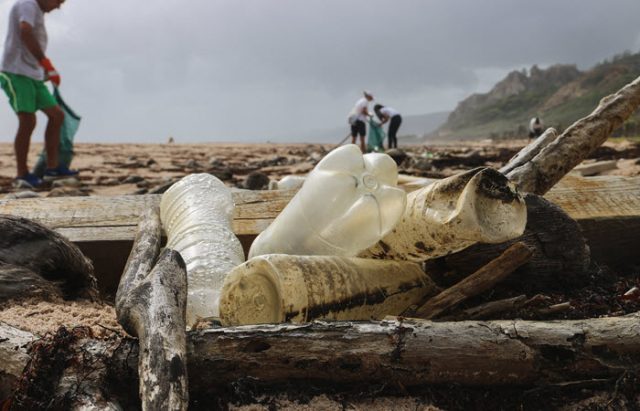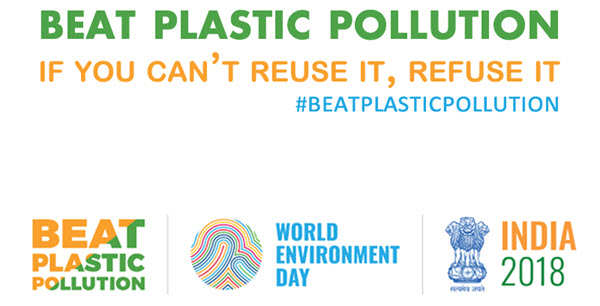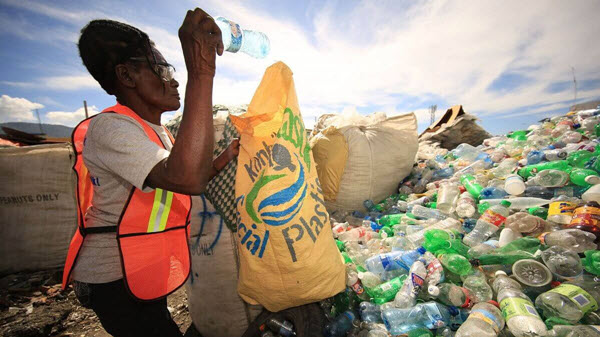The Ocean Cleanup Machines and Technologies
By Mark William
July 23, 2019 • Fact checked by Dumb Little Man

The United Nations Environment Programme (UNEP), on World Environment Day 2018, brought out a staggering figure. The figure showed that around 13 million of disposable and non-disposable plastics are ending up in the world oceans each year. This triggered a complete ocean cleanup project.
Though ocean cleanup is a relatively new term, some organizations are toiling hard to develop effective ocean cleanup machines and technologies. So, I decided to write about this so as to complete my social responsibilities to make you aware of the danger of ocean pollution and the technologies and machines invented to cope up with the looming danger.
I told earlier that ocean cleanup is relatively a recent term taken to concern. So, it is no surprise that there are only a few significant technologies and machines invented for the purpose. UNEP, last year, defined five ICT based technologies significant for ocean cleanup tasks.
Social Sites

UNEP declared that creating awareness through social sites among general people on the critical issue of ocean cleanup is a well-planned solution. Today, nearly about 2 billion people use the internet daily.
So, reaching them through the internet to create awareness about plastic pollution and ocean cleanup is easy. A campaign #BeatPlasticPollution has already on effect for such reasons.
Satellite Images
The oceans are unimaginably huge. It’s quite impossible to scan each inch of them to apply the cleanup project. Thus, the use of satellites to capture raw images of plastic consumption across the oceans goes a long way in looking for targeting areas. The European Space Agency (ESA) and a non-profit organization named The Ocean Cleanup is working on the issue.
Using Artificial Intelligence
Popularly known as AI, artificial intelligence has gone through enormous development in recent times. Lately, the World Economic Forum suggested to harnessing artificial intelligence for ocean cleanup. The earth conservation is a key technology that includes big data analysis machine learning. They further discussed the possibilities of AI ahead.
Data Visualization
As the use of AI and machine learning is opening up, the areas of Big data and data visualization are increasing rapidly to use for ocean cleanup. In the future, these will be the key to collect information to track and measure ocean plastic consumption.
However, one great drawback of this technology is that only 41 countries keep a record of their sea wastes.
Recycling

Nowadays, there’s a popular saying if you can’t recycle, refuse it. The Plastic Bank, another non-profit organization, is upholding the motto to its fullest. They are awarding people with blockchain secured tokens in lieu of recycled plastics. They aim to reduce the flow of plastics into the oceans by recycling them.
See Also: E-Waste Tips: What To Do With Old Tech Gadgets
Apart from these technologies, there are few machines developed and particularly designed to clean the wastes from the oceans.
The Ocean Cleanup
The Ocean Cleanup founded by Boyan Slat in 2013 is the pioneer in the sector. It is a non-government engineering organization which is working day and night to clean up the oceans.
The organization has already published several scientific types of research upon its findings on the oceans. They highlighted that trash usually accumulate near the five patches of the oceans. Among them, The Great Pacific Garbage Patch is the largest.
Boyal Slat, the chief of the organization, proposed a prototype machine to clean the garbage from the oceans in early 2013. His design consisted of long, floating barriers fixed to the seabed. This would be attached to a central platform shaped like a manta ray for better stability.
However, the initiative has gone through several changes. Some significant changes took place in 2017. During the year, the working area went from 100 km to 1-2 km radius. Sea anchors were replaced in place of seabed anchors. Lastly, instead of gathering plastic, direct focus was given on concentrating the plastics to be carried away by the support vessels.
With the advent of 2018, The Ocean Cleanup took their prototypes into the real working environment. Last September 9, 2018, Maersk Launcher deployed codename Wilson about 204 nautical miles from the San Francisco coast. There, it underwent several trials and provided satisfactory results for the organization.
Then, The Ocean Cleanup sent Wilson to perform its first real-world duty to the Great Pacific Garbage Patch. It started with a very high note. However, the system faced several problems quickly.
It started losing the collected garbage due to the slow movement of the traveling barrier. To add to this, last December, due to severe mechanical stress, an 18-meter section was detached. The machinery and system were sent back to Hawaii to be repaired. It collected nearly 2000 kilograms of plastic during its operational period.
In 2019, The Ocean Cleanup declared to start their biggest project by summer by deploying Wilson again after repair. The organization is already raising fund for the execution of their future plans. Despite having doubts on the success of the machine and system buildup by the organizations, scientists and other organizations like UNEP have praised its idea.
Oceans are our best natural resources. However, our impatient and obnoxious craving for plastic materials have brought the deterioration of the sea environment. These resulted in a series of researches and inventions to clean up the piles of plastics in the oceans.
Final Thoughts
Thus, ideas of organizations like The Ocean Cleanup and The Plastic Bank are opening up new opportunities for us. Nevertheless, we, the people of Planet Earth, can’t deny our duty towards ensuring a cleaner ocean for our future generations.
We need to start reducing the use of plastics and recycle them whenever possible. After all, it is all about saving our mother Earth!


